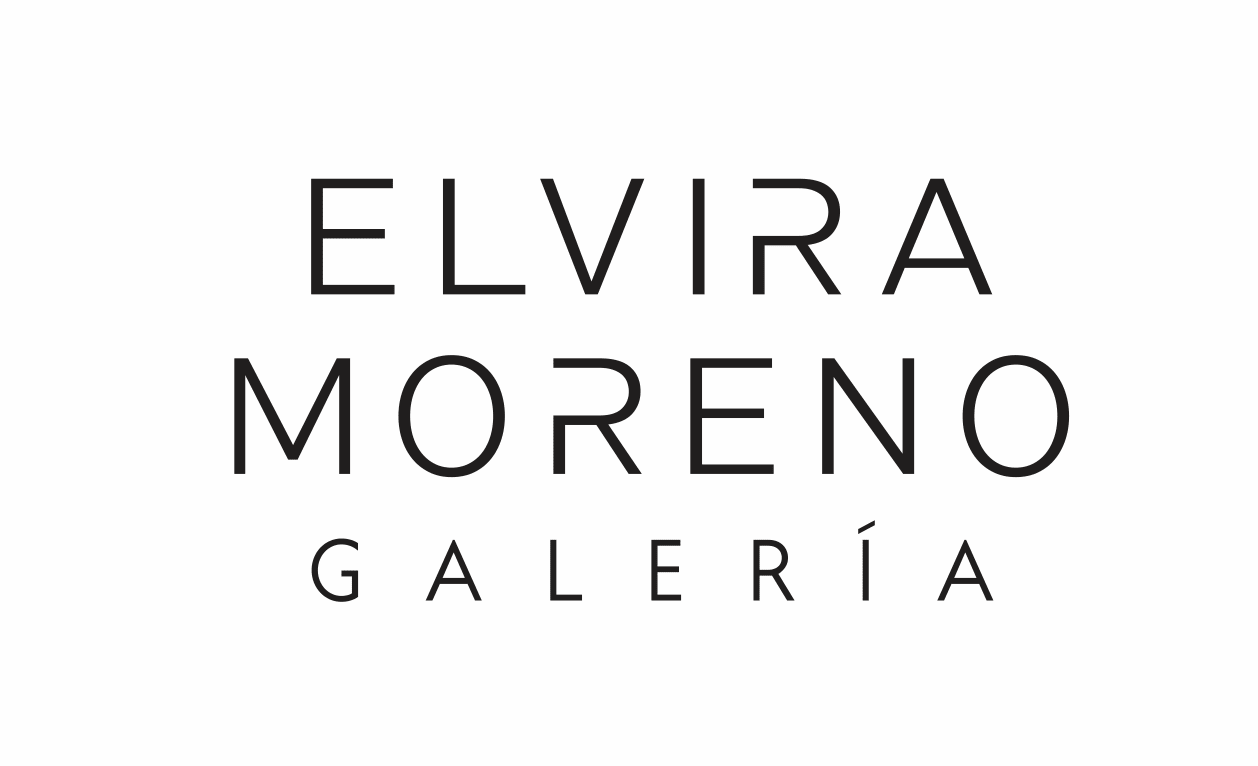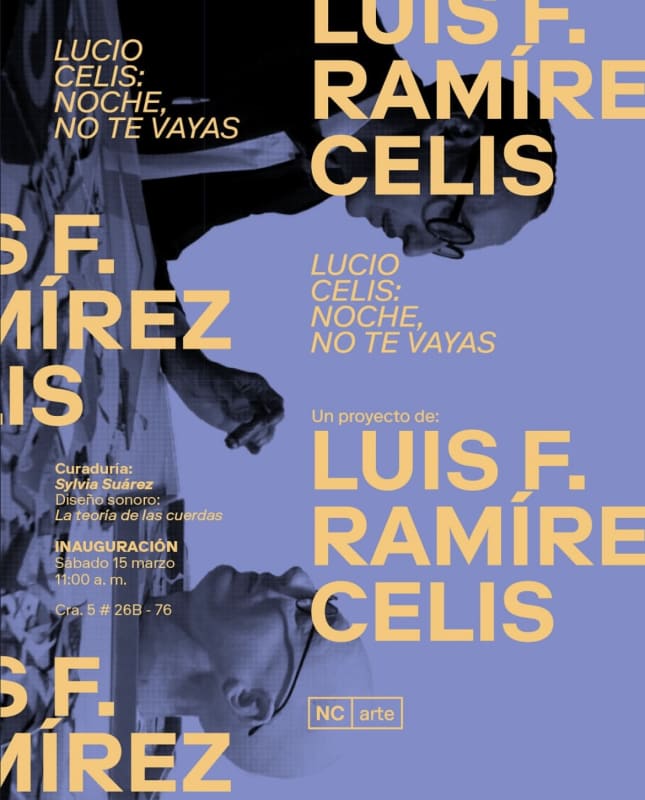The expansion of the city of Bogotá during the last decades of the 20th century has been overwhelming. Today, we see flying, over precious modern houses, fluorescent banners announcing the latest real estate projects like banners of a war declared for invisible forces over the city's architectural heritage.
We have seen falling, one behind another, small and large urban mojones: that house that reflected on the modulations of its gardens, of its doors and windows, the small and large fantasies that inhabited our afternoon walks; Maybe it was just about subtle sensations, arising from the singular vibration of the landscape. We are unsure of the effects that this loss is constantly developing and is having on our social and emotional fabric.
As the great artifice of modern Bogotá that he was, Lucio Celis (1929) expressed himself in the language of rationalist architecture. It integrates us into the field of social imagination that constituted the futuristic urbanism of the fifties and sixties, and which, in open dialogue with great urbanists such as Le Corbusier, Rother, and Brunner, saw the emergence of the actions that programmed the expansion of this city over the highlands.
However, in contrast to the modernism of these influential architects, Celis expresses himself with a particular cadence, light and rhythmic, discreet and harmonious. Like them, Celis happily detaches herself from the ostentatious ballast of imperial and republican ornamentation, to release the naked expression of architectural structure through the conjugation of straight lines, curves, and plans modulated in an anthropomorphic key.
His sentence, “architecture is the art of sculpting light,” crossed borders to integrate like a radiant star in the constellation of great Latin American modernists: Juvenal Moya, Carlos Raúl Villanueva, Luis Barragán, Félix Candela, Cándido Portinari, Oscar Niemeyer, Roberto Burle Marx, and many others. His theory of the house was also impactful as “a box of music to revolutionize the forces of the country and produce new subjectivities”.
In Bogotá, he also joined the plastic integration movement, alongside Juvenal Moya himself and artists such as Alicia Tafur, Marco Ospina, Jorge Elías Triana, and Ignacio Gómez Jaramillo, to propose a community of plastic and architectural hecho, marking a golden era of urban, social, and cultural creativity.
It's just that Lucio Celis doesn't exist. The only thing that exists is as an act of retro-futurist imagination, a uroboros of modernism that enters the pure power of architectural imagination amid a profound crisis of architecture, which mitigates by disappearing before the abuses of the “economic reason” that obliges, each time with greater impunity, to retreat to the landscape.
In this exhibition, Luis Fernando Ramírez offers us, through the ingenious and fertile creative labor of his alter ego, Lucio Celis, a promenade or an exquisite architectural walkway in which the fragmented effigy of a lost house — of many houses thrown to their memories in flight from a city that devours itself —, momentarily circumscribes us in the embrace of an architectural, ephemeral and cadencious hecho, in this series of “musical box” that envelops us with the compás of a bolero and its deconstruction.
Suppose for Le Corbusier, the house was a “machine for living”. In that case, Lucio Celis presents it to us today as a machine of seduction that insinuates the imminent need for a revival of architectural reason.
March 15, 2025




